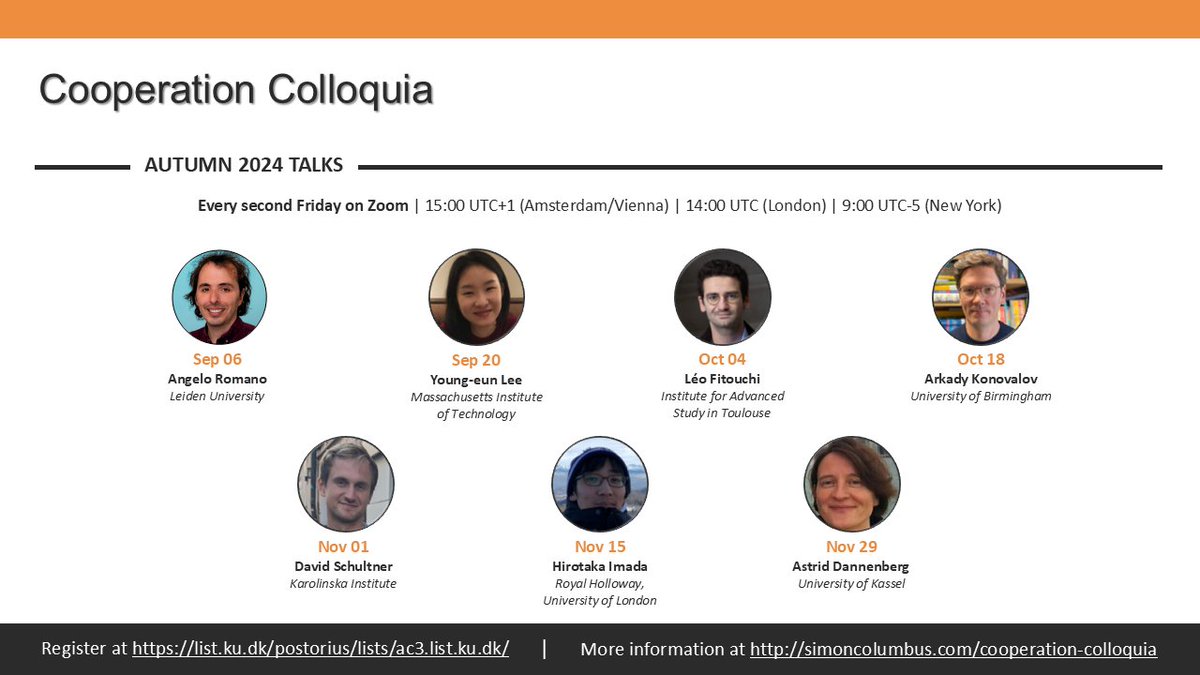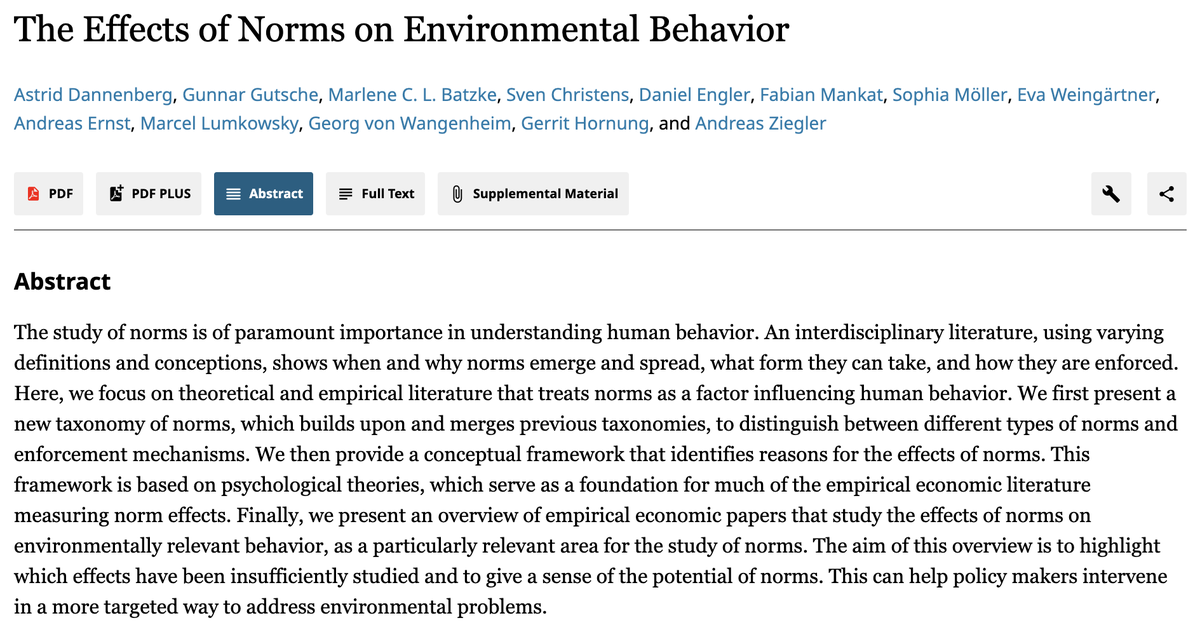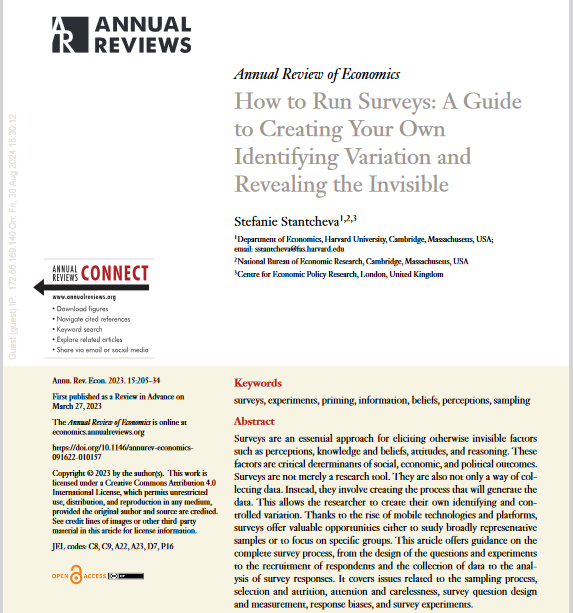
Astrid Dannenberg
@adannenberg11
Professor of Environmental and Behavioral Economics @uni_kassel
plus @goteborgsuni @zew
ID: 1550495682691203073
https://www.uni-kassel.de/fb07/en/ivwl/environmental-and-behavioral-economics 22-07-2022 15:00:22
137 Tweet
627 Followers
487 Following






Which interventions limit the spread of COVID-19 misinformation online? A Facebook messenger experiment in Kenya and Nigeria suggests that nudges to consider information accuracy work best. Molly Offer-Westort Leah Rosenzweig Susan Athey @GSBsiLa nature.com/articles/s4156…




We are delighted to announce the Autumn 2024 Cooperation Colloquia! Bi-weekly interdisciplinary talks on cooperation. With @a_romano90, Young-Eun Lee, Léo Fitouchi, Arkady Konovalov, David Schultner, Hirotaka Imada, Astrid Dannenberg Sign-up here: list.ku.dk/postorius/list…


#EE4E Today, (finally) the first day of our Experimental Economics for the Environment workshop With keynotes by Astrid Dannenberg (Astrid Dannenberg) and John List (John A. List) 1/2



🚨Excited that our meta-analysis is out in JPSP APA Journals. We synthesized 6 decades (1958-2017) of empirical evidence on social dilemmas and tested which structural features (most strongly) promote cooperation: 📄doi.org/10.1037/pspi00… 1/10










